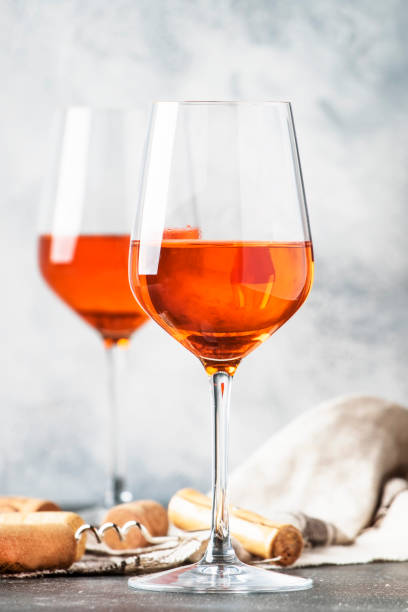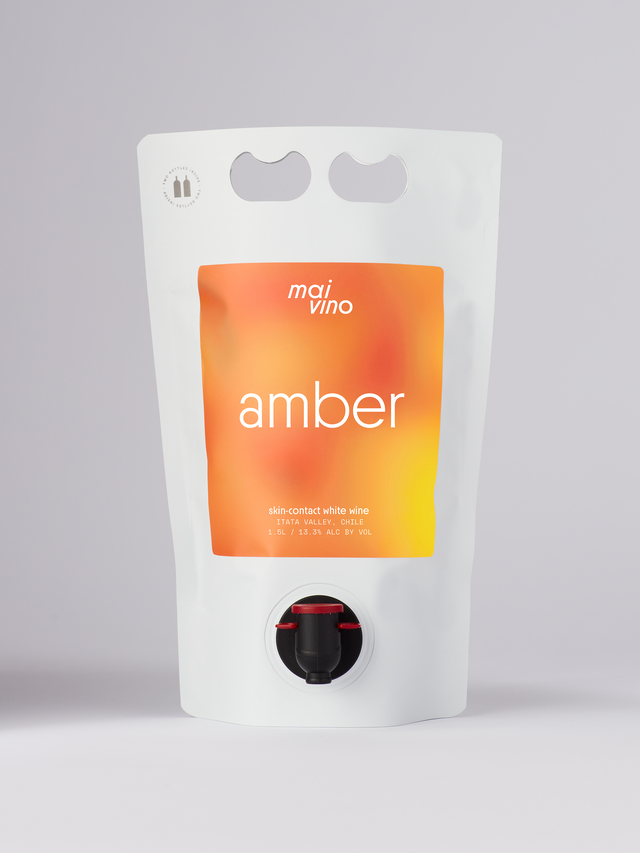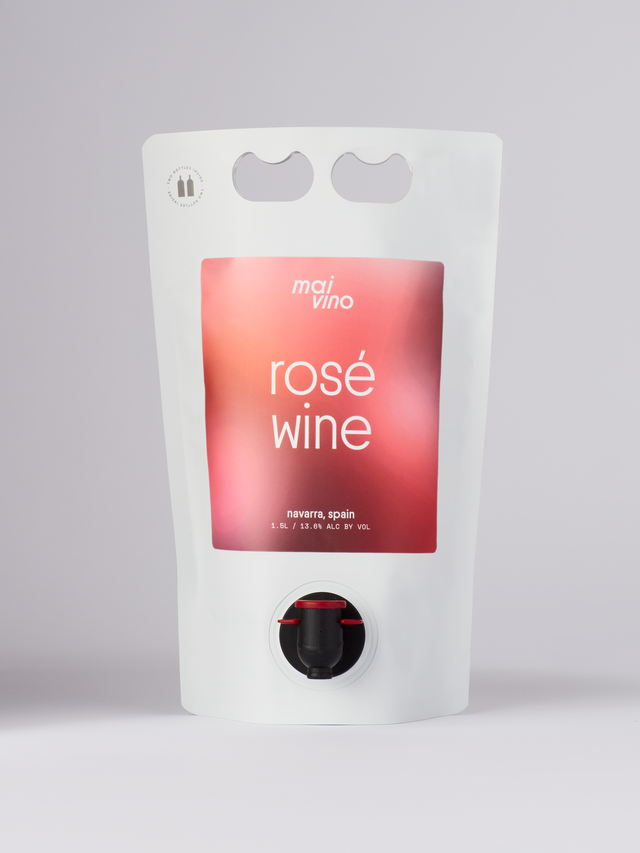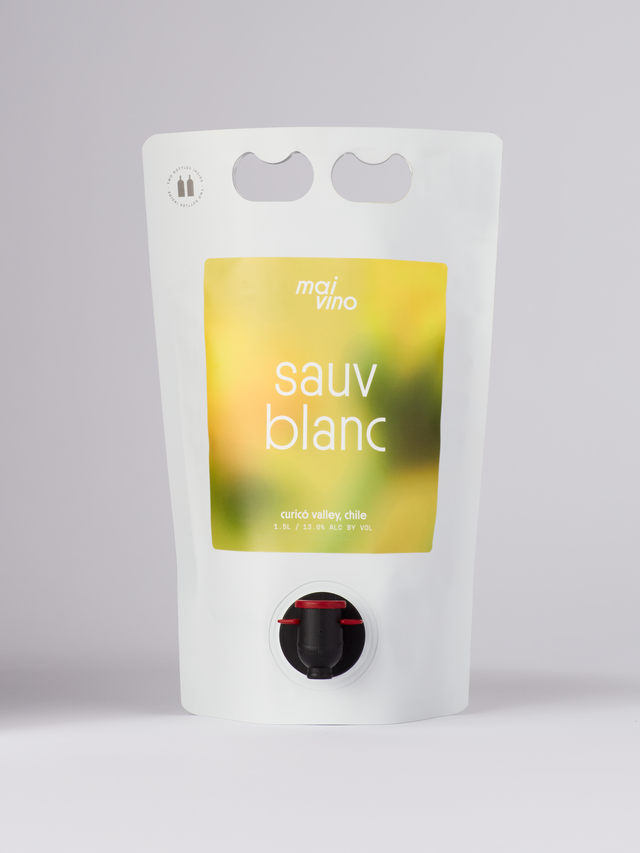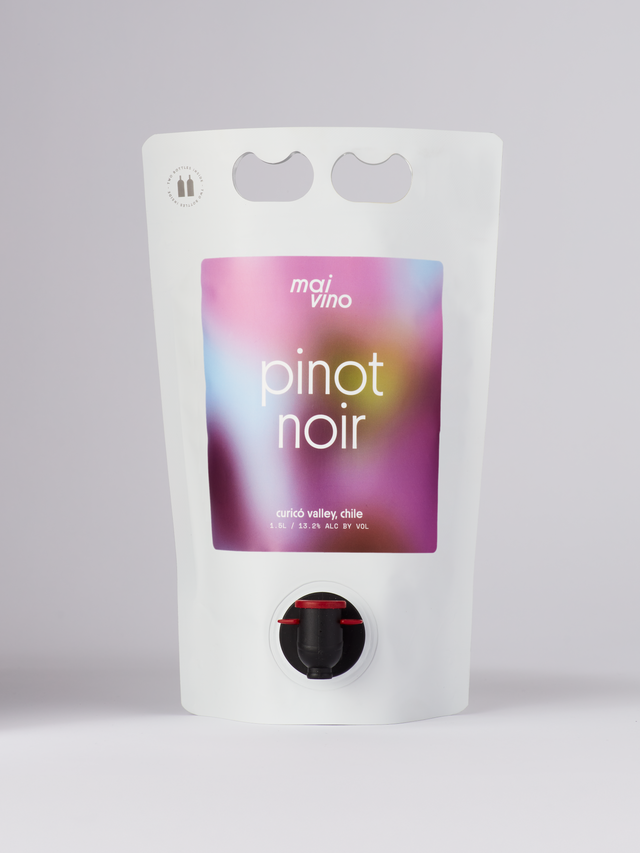Orange Muscat, All Its Secrets Revealed
You might be familiar with Cabernet Sauvignon, Sauvignon Blanc, and other well-known grapes. Most of the wine on the market falls into this category but still, the world of wine is full of surprises.
Orange muscat wine is one of them. The orange-hued wine is the trendiest wine style right now, and it’s because it’s not only exquisite but entirely different from any other wine you’ve tried.
At Mai Vino, we’ve championed orange muscat wine from the start, and although we’ve talked about the style before, it’s time to revisit the category.
What is Orange Muscat?
Muscat is a unique varietal. You’ll find most of the plantings dedicated to the grape around the Mediterranean Basin. The muscat grape family is one of the oldest and goes back thousands of years!
Muscat is typically used to make dessert wine, as the grape variety accumulates massive amounts of sugar. We typically know orange muscat grapes as Muscat Blanc a Petits Grains, and although they’re sometimes used in blends, they’re most commonly bottled as mono-varietal wines.
Muscat is an aromatic grape, like Gewurztraminer and Chenin Blanc, among others. These grapes have high residual sugar and a strong aroma — strong perfumes instantly recognizable.
Muscat can be vinified to make white wine and sparkling wine, but it was first used to make orange wine in Italy. Italian versions of the interesting wine style include Moscato Fior d’Arancio (muscat fleur d’orange in France) and Essensia.
What makes the wine orange, though, is not the grapes used but the winemaking technique. These are white grapes experiencing fermentation methods used to make red wine. The result is a textural wine with some tannins and lots of aromatic complexity. The name of the game is extended maceration, and it is during this maceration that the wine acquires its orange hue.
What Does Orange Muscat Taste Like?
Although Muscat grapes are commonly used to produce semi-sweet and sweet wine, orange wine is generally dry and crisp. Expect aromas redolent of orange blossom and apricots — the wine is fruity and texturally rich.
Orange wine might taste oxidized in traditional styles because of the long maceration periods. These might translate as nutty scents and dried flower aromas. Of course, other orange wine examples are bright and fruity. Just like no red or white wine tastes the same, except orange wine tastes vastly different. The category invites creativity!
How to Pair Orange Wine With Food?
Orange Muscat Wine is incredibly versatile at the table, mainly if dry or slightly sweet. White meat, including grilled pork, veal, and roasted poultry, is heavenly with a glass of orange wine. The wine’s weight makes it compatible with spicy food, from Indian curries to Asian stir-fries and everything in between.
Served chilled orange wine is also an attractive apéritif to enjoy at all hours, especially if it’s warm outside. The wine style is as versatile as white wine but as complex as red wine, so it is the best of two worlds.
Try Orange Wine; You’ll Love It.
At Mai Vino, we’re experimenting with the exciting orange wine category, and the results have been nothing less than extraordinary. Besides, by packaging the wine in our sustainable wine poaches with an air-tight spout, it remains fresh for 30 days after opening, which means it will always be fragrant and fruity.
For more exciting wines, along with your good-old favorites, join Mai Vino Wine Club or add orange wine to your shopping cart and enjoy wine as it was meant to be enjoyed — delicious wine anywhere, anytime.
